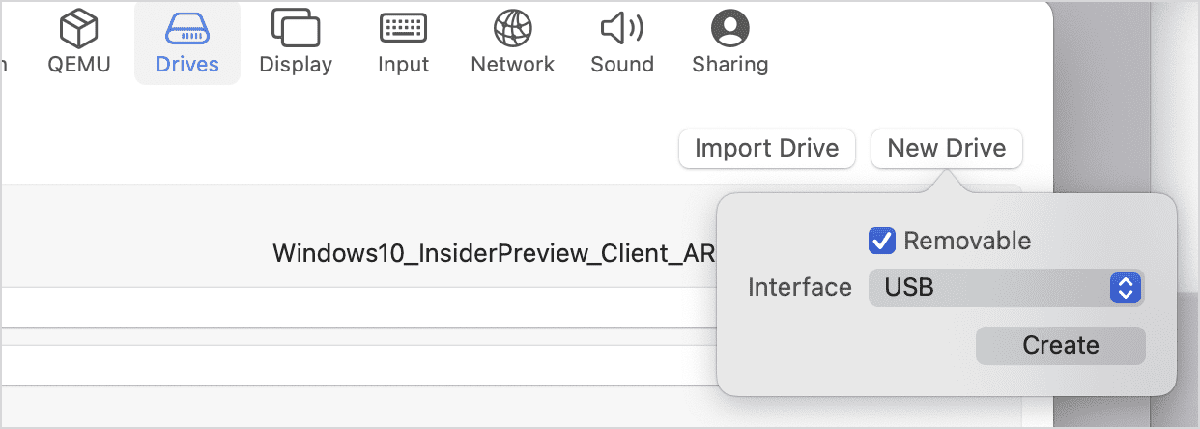Estimated reading time: 3 minutes
Virtualizing Windows on Apple silicon Macs will probably not be impossible, but none of the current virtualization solutions (Parallels, VMware, etc) have committed to it, and emulators like QEMU are likely to be very slow. Virtualization in general will be possible (Apple demoed Parallels running arm64 Linux at WWDC), but x86 Windows specifically is not likely to be running in a usable fashion any time soon. Users have already been running ARM64 Windows and Ubuntu on new Apple Silicon M1 Macs thanks to QEMU virtualization software via the new macOS hypervisor framework. Apple Silicon - VirtualBox Compatibility - IS Track Unfortunately, I cannot run VirtualBox on Macs with Apple’s M1 chip. If this will change in the future is currently unknown but it doesn’t appear very likely as the Oracle has not said anything about it whereas others like VMWare Fusion and Parallels have both had support pledged for them.
Build apps, libraries, frameworks, plug-ins, and other executable code that run natively on Apple silicon. When you build executables on top of Apple frameworks and technologies, the only significant step you might need to take is to recompile your code for the arm64 architecture. If you rely on hardware-specific details or make assumptions about low-level features, modify your code. Ever since I read Kay Singh’s Apple Silicon M1: Black. Fuckery article, I couldn’t stop wanting one. My 2012 MacBook Air was in need of a replacement, and although still very serviceable for a 8+year old laptop, not upgrading OSX and a shortened battery lifespan were getting irritating. So, Santa (well, you know) bought me a M1 2020 MacBook Air. At first, I wanted to hold off for a.
Apple Silicon Macbook Virtualbox
Docker Desktop for Mac on Apple silicon is now available as a GA release. This enables you to develop applications with your choice of local development environments, and extends development pipelines for ARM-based applications.
Docker Desktop for Apple silicon also supports multi-platform images, which allows you to build and run images for both x86 and ARM architectures without having to set up a complex cross-compilation development environment. Additionally, you can use docker buildx to seamlessly integrate multi-platform builds into your build pipeline, and use Docker Hub to identify and share repositories that provide multi-platform images.
Docker Desktop 3.3.1
2021-04-15
Click the following link to download Docker Desktop.
Parallels Apple Silicon
System requirements
You must install Rosetta 2 as some binaries are still Darwin/AMD64. To install Rosetta 2 manually from the command line, run the following command:
We expect to fix this in a future release.
Known issues
Not all images are available for ARM64 architecture. You can add
--platform linux/amd64to run an Intel image under emulation. In particular, the mysql image is not available for ARM64. You can work around this issue by using a mariadb image.However, attempts to run Intel-based containers on Apple Silicon machines can crash as QEMU sometimes fails to run the container. Filesystem change notification APIs (e.g.
inotify) do not work under QEMU emulation, see docker/for-mac#5321. Therefore, we recommend that you run ARM64 containers on Apple Silicon machines. These containers are also faster and use less memory than Intel-based containers.We expect this issue to become less common over time, as more and more images are rebuilt supporting multiple architectures.
pingfrom inside a container to the Internet does not work as expected. To test the network, we recommend usingcurlorwget. See docker/for-mac#5322.- Users may occasionally experience data drop when a TCP stream is half-closed.

Fixes since Docker Desktop RC 3
- Docker Desktop now ensures the permissions of
/dev/nulland other devices are correctly set to0666(rw-rw-rw-) inside--privilegedcontainers. Fixes docker/for-mac#5527. - Docker Desktop now reduces the idle CPU consumption.
Fixes since Docker Desktop RC 2
- Update to Linux kernel 5.10.25 to improve reliability.
Fixes since Docker Desktop RC 1
- Inter-container HTTP and HTTPS traffic is now routed correctly. Fixes docker/for-mac#5476.
Fixes since Docker Desktop preview 3.1.0
- The build should update automatically to future versions.
- HTTP proxy support is working, including support for domain name based
no_proxyrules via TLS SNI. Fixes docker/for-mac#2732.

Fixes since the Apple Silicon preview 7
- Kubernetes now works (although you might need to reset the cluster in our Troubleshoot menu one time to regenerate the certificates).
- osxfs file sharing works.
- The
host.docker.internalandvm.docker.internalDNS entries now resolve. - Removed hard-coded IP addresses: Docker Desktop now dynamically discovers the IP allocated by macOS.
- The updated version includes a change that should improve disk performance.
- The Restart option in the Docker menu works.
Feedback
Your feedback is important to us. Let us know your feedback by creating an issue in the Docker Desktop for Mac GitHubrepository.
We also recommend that you join the Docker Community Slack and ask questions in #docker-desktop-mac channel.

Apple Silicon M1 Virtualbox
Docker Desktop, M1, Silicon, Apple
